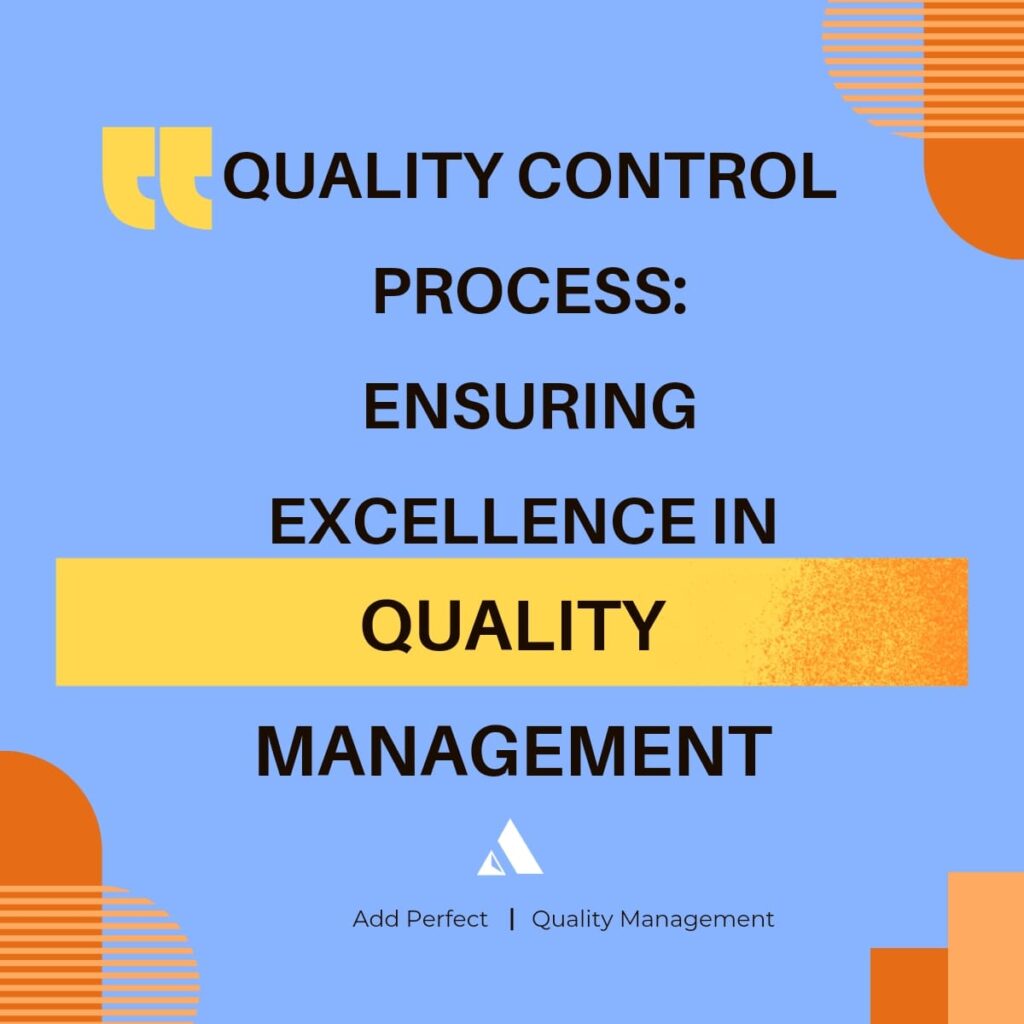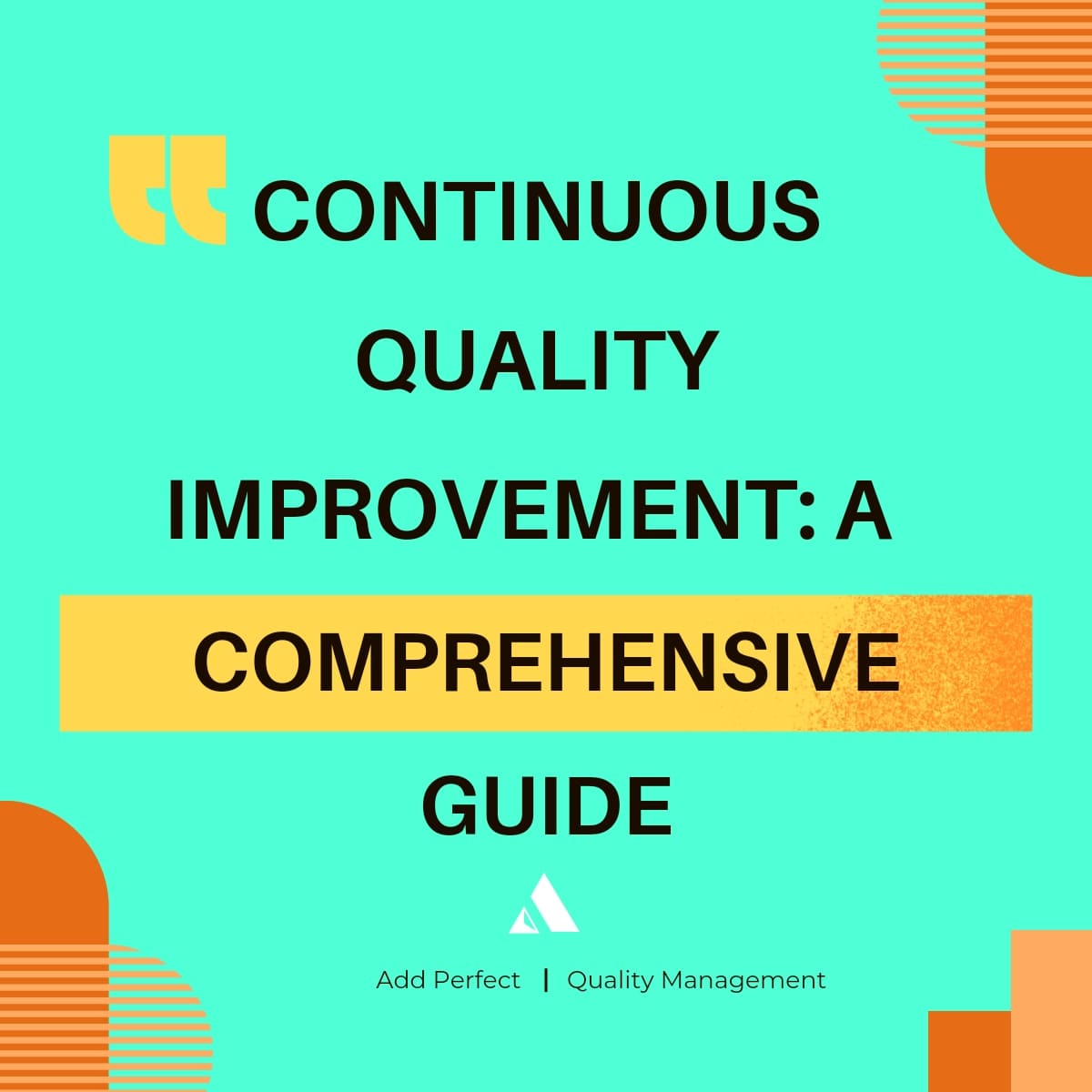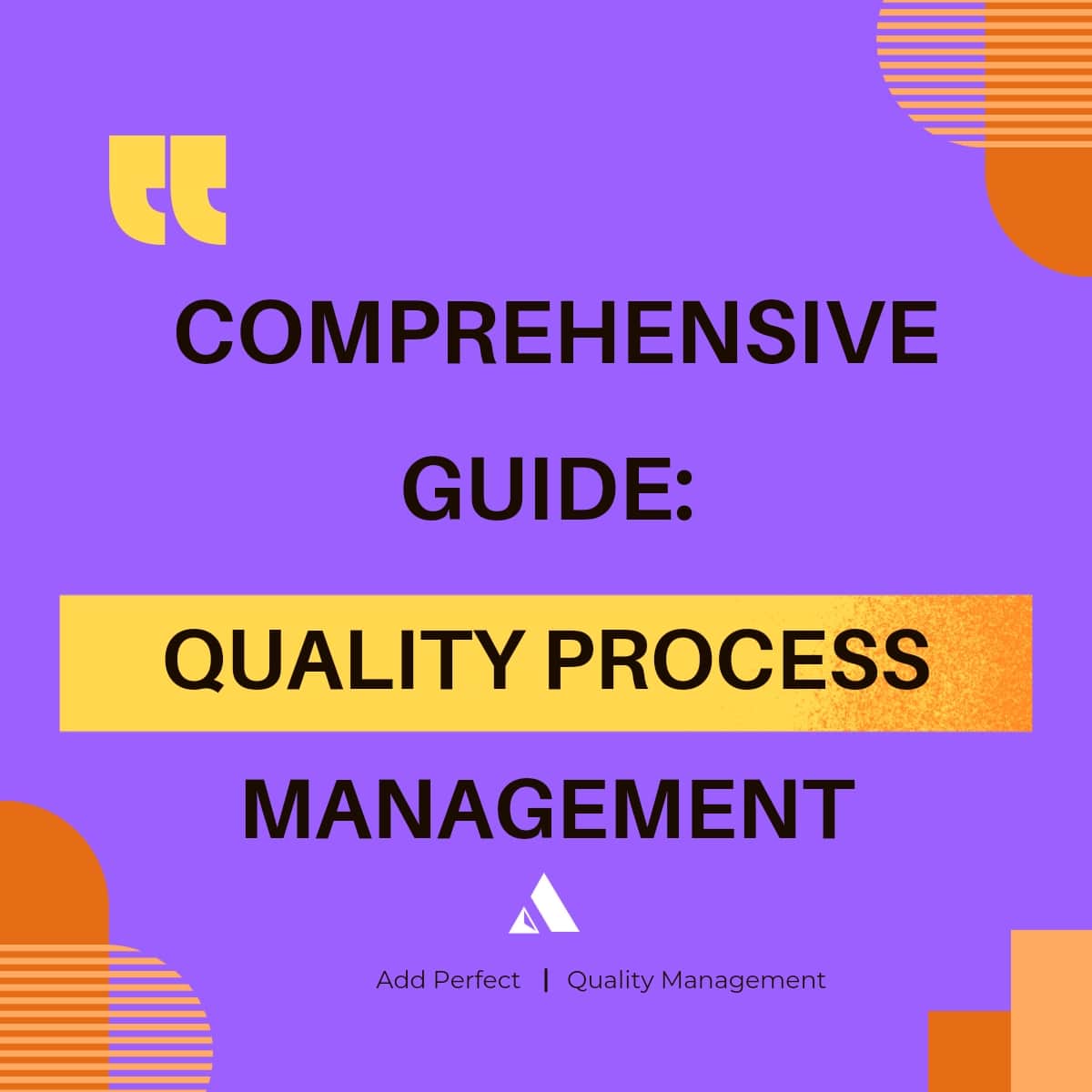Explore the comprehensive Quality Control Process, its importance, key components, and how it ensures high-quality products and services across industries.

Introduction
In today’s competitive marketplace, maintaining high-quality standards is crucial for business success. The Quality Control Process is a structured approach that helps ensure products and services meet defined quality criteria consistently. This article delves into the Quality Control Process, its components, and how it benefits various industries.
Understanding the Quality Control Process
The Quality Control Process is a systematic method used to verify that products and services meet specified quality standards. It involves inspecting, testing, and reviewing processes and outputs to identify and correct defects.
Key Components of the Quality Control Process
The Quality Control Process typically includes several key components:
- Inspection Criteria: Defined standards and specifications that the product or service must meet.
- Inspection Methods: Techniques and tools used for examining and testing products.
- Frequency of Inspections: How often inspections and tests are conducted.
- Documentation: Records of inspection results and any corrective actions taken.
- Feedback Mechanism: System for communicating inspection results and implementing improvements.
Steps in the Quality Control Process
The Quality Control Process can be broken down into several critical steps:
- Define Quality Standards: Establish clear and measurable quality standards.
- Develop Inspection Plans: Create detailed plans outlining inspection criteria, methods, and frequency.
- Implement Inspection Procedures: Execute the inspection plans, ensuring all relevant stages are covered.
- Document Results: Record the results of inspections and any defects found.
- Analyze Data: Analyze the inspection data to identify trends and areas for improvement.
- Implement Corrective Actions: Take corrective actions to address any identified defects.
- Review and Update: Regularly review and update the quality control process to reflect changes in quality standards or production processes.
Differences Between Quality Assurance and Quality Control
To understand the Quality Control Process, it’s essential to differentiate it from Quality Assurance. Here’s a comparative table:
| Aspect | Quality Assurance | Quality Control |
|---|---|---|
| Focus | Processes | Products |
| Nature | Preventive | Corrective |
| Objective | Improve and ensure quality processes | Detect and correct product defects |
| Approach | Proactive | Reactive |
| Responsibility | Entire team | Dedicated personnel |
| Timing | Throughout the production cycle | After production completion |
| Document | Quality Assurance Plan | Quality Control Checklist |
Implementing the Quality Control Process in Different Industries
The Quality Control Process is vital across various industries. Here’s how it applies to a few key sectors:
Manufacturing
In manufacturing, the Quality Control Process ensures that products meet quality standards at every stage of production.
- Inspection Criteria: Dimensions, weight, material specifications.
- Inspection Methods: Visual inspections, measurements, functional tests.
- Frequency of Inspections: Daily, per batch, or per unit.
- Documentation: Inspection reports, non-conformance records.
Software Development
In software development, the Quality Control Process ensures that software meets user requirements and is free from defects.
- Inspection Criteria: Functionality, performance, security.
- Inspection Methods: Automated tests, manual reviews, user acceptance testing.
- Frequency of Inspections: Iterative, per release, continuous integration.
- Documentation: Test plans, defect logs, release notes.
Healthcare
In healthcare, the Quality Control Process ensures that patient care and medical services adhere to regulatory standards.
- Inspection Criteria: Patient safety, treatment efficacy, equipment calibration.
- Inspection Methods: Clinical audits, patient feedback, equipment testing.
- Frequency of Inspections: Daily, per procedure, periodic audits.
- Documentation: Patient records, audit reports, maintenance logs.
Benefits of the Quality Control Process
Implementing the Quality Control Process offers numerous benefits:
- Consistency: Ensures products consistently meet quality standards.
- Accountability: Assigns responsibility for quality checks.
- Efficiency: Streamlines the inspection process, reducing waste and rework.
- Compliance: Helps adhere to regulatory and industry standards.
- Customer Satisfaction: High-quality products lead to increased customer trust and loyalty.
- Cost Reduction: Prevents defects, reducing costs associated with rework and returns.
Challenges in Implementing the Quality Control Process
While the Quality Control Process offers many benefits, it also presents challenges:
- Resource Intensive: Requires time and resources to develop and maintain.
- Resistance to Change: Employees may resist new procedures and checks.
- Complexity: Managing and updating processes for different products can be complex.
- Continuous Monitoring: Requires ongoing inspections and updates to remain effective.
Overcoming Challenges in the Quality Control Process
To successfully implement the Quality Control Process, organizations can adopt several strategies:
- Top-Down Commitment: Ensure leadership prioritizes quality control.
- Employee Training: Train employees on the importance and use of the quality control process.
- Clear Communication: Communicate the benefits of the process clearly.
- Regular Updates: Keep the process updated to reflect current standards and practices.
- Use of Technology: Utilize quality management software to streamline the process.
Case Study: Successful Implementation of the Quality Control Process
Company A: Manufacturing Industry
Company A, a leading manufacturer of consumer electronics, implemented the Quality Control Process to address quality issues. By defining clear inspection criteria, selecting appropriate inspection methods, and documenting results, they reduced defects by 25% and improved customer satisfaction.
Company B: Software Development
Company B, a software development firm, faced challenges with software bugs and customer complaints. Implementing the Quality Control Process involved defining quality criteria, setting inspection points throughout the development cycle, and documenting results. This led to a 30% reduction in post-release bugs and improved customer feedback.
Frequently Asked Questions about the Quality Control Process
1. What is the main goal of the Quality Control Process?
- The main goal is to ensure that products or services meet predefined quality standards consistently.
2. How does the Quality Control Process differ from Quality Assurance?
- The Quality Control Process is focused on identifying and correcting defects in products, while Quality Assurance focuses on improving processes to prevent defects.
3. Can the Quality Control Process be applied to small businesses?
- Yes, the Quality Control Process can be scaled to fit the needs and resources of small businesses, helping them ensure product quality and customer satisfaction.
4. What tools are commonly used in conjunction with the Quality Control Process?
- Common tools include visual inspection tools, measurement devices, quality management software, and statistical process control (SPC) tools.
5. How often should the Quality Control Process be reviewed and updated?
- The Quality Control Process should be reviewed regularly, at least annually, or whenever significant changes occur in quality standards or production processes.
Conclusion
The Quality Control Process is an essential tool in quality management, ensuring that products and services consistently meet high standards. By defining clear inspection criteria, identifying critical inspection points, and documenting results, organizations can enhance product quality, increase efficiency, and improve customer satisfaction. Understanding and overcoming the challenges associated with implementing a quality control process is crucial for achieving these benefits. By incorporating this comprehensive approach, businesses can establish a robust quality control system that supports continuous improvement and excellence.



